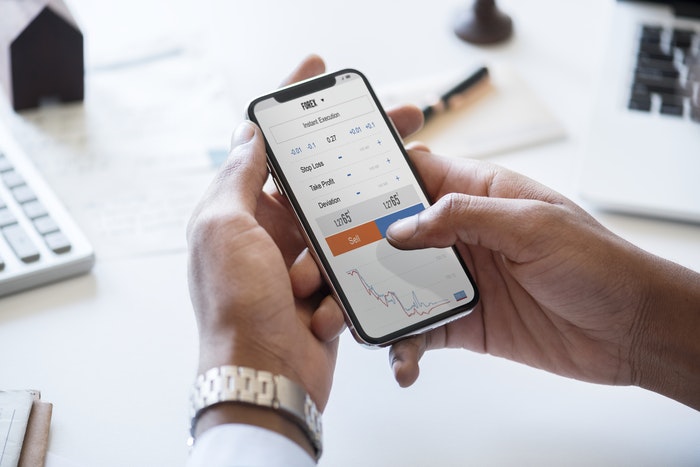What is the purpose of a Logo?
April 24th, 2023

The design methodology behind mobile apps is totally different than website design. There are a lot of elements in website design that become redundant when it comes to mobile app UI design. The audience on using the mobile app or a website is often same, but their behavior of interacting with the interface is totally different. To cater to this different behavior, designers need to create a different experience for the mobile app. For this, designers need to follow a different approach when designing for mobile app UI.
According to some stats, more 75% off mobile app users don’t open the app again after downloading it. Since retaining users for a mobile app is that difficult, it makes more sense to create a UI design that is intuitive and delivers delightful user experience. To create such an experience, first of all, designers need to understand why behavior on a mobile device is different from desktop. Some of the few main reasons are the size of a mobile screen, availability of space on mobile storage, small area to interact with the UI and availability of user’s time. Second, there are some important tips that every mobile app UI designer must know about. Here are those tips.
Mobile app design is not like web design for bigger screens, where you have to design the site once and leave it as it is for months. To create better UX on mobile, you need to continuously evolve the design of your mobile app. This is done through continuous testing and improvement. Testing is done on real users, their behavior is monitored and analyzed through tools and then corrections or improvement are made according to data gathered.
When you are creating a design for a mobile app, you have different platforms to consider. Unlike the desktop, where you only have a single platform, on mobile, you have platforms like Android, iOS and Windows Mobile. Each platform has its own design guidelines. When creating mobile apps for any of these platforms, you have to follow their design guidelines to provide a user experience that is consistent with the rest of the platform.
On a desktop, you have hover and other click effects to show the response of users action, but on mobile, you don’t have such luxury. Instead, you must use micro animation effects to show the response. These micro animations could be a ripple effect upon tapping on a button or a loading ring when transitioning to a different screen.